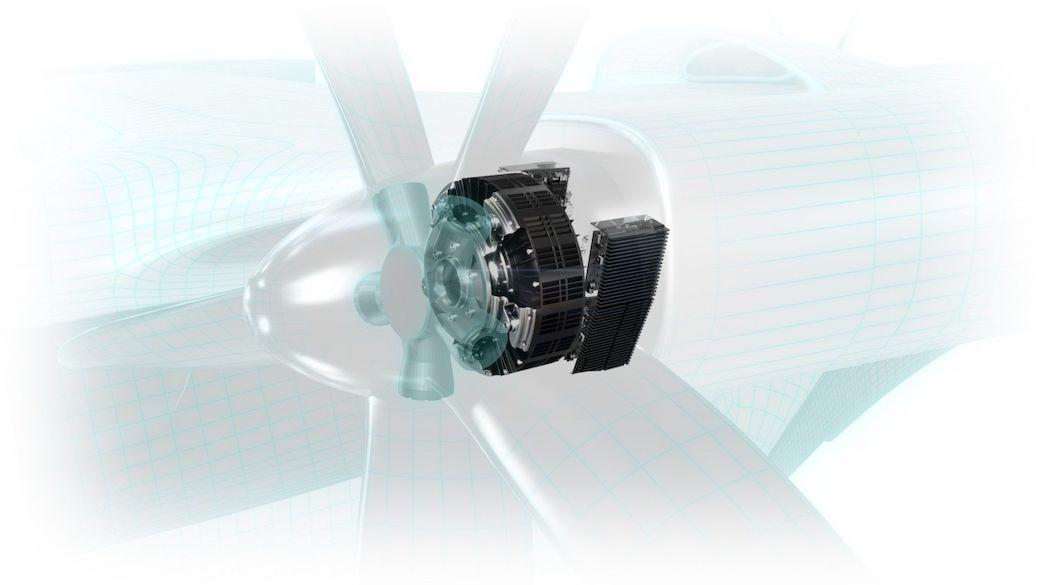
Rolls-Royce’s lift motor for eVTOL aircraft is air-cooled and direct-drive.
Credit: Rolls-Royce
Rolls-Royce plans to begin ground-testing its lift motor for electric vertical-takeoff-and-landing (eVTOL) aircraft this month and is under contract to deliver units to Embraer for Eve Air Mobility’s full-scale technology demonstrator. “We are taking this through a few loops in terms of getting to...
Subscription Required
This content requires a subscription to one of the Aviation Week Intelligence Network (AWIN) bundles.
Schedule a demo today to find out how you can access this content and similar content related to your area of the global aviation industry.
Already an AWIN subscriber? Login
Did you know? Aviation Week has won top honors multiple times in the Jesse H. Neal National Business Journalism Awards, the business-to-business media equivalent of the Pulitzer Prizes.





